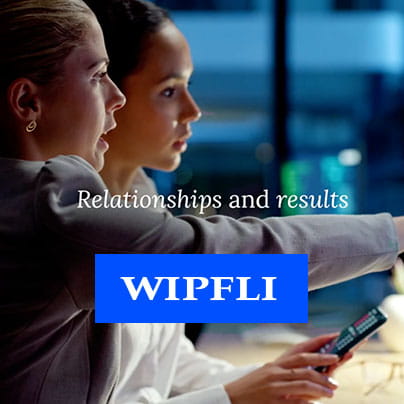The human side of change management
They say the only constant is change, but in today’s business landscape, even change itself is changing — and as leaders, we need to evolve our strategies to keep up. Both internal and external factors are constantly reshaping how we operate. As leaders, we’re continually expanding our toolkit to navigate these changes successfully, but there's a critical element we often overlook: the human side of change.
In my role, I’ve had the privilege of overseeing major transitions, like our current implementation of the Workday system. While focusing on the technical aspects and the “why” behind such changes is crucial, I’ve learned that understanding and managing the psychological impact on our associates is just as, if not more, important. This has led us to adopt a blended approach to change management, incorporating models like William Bridges’ transition framework, which recognizes that people cycle through change based on their life circumstances.
The cycle of change
Bridges’ model outlines three phases of transition: endings, the neutral zone and new beginnings. We’ve used this framework to shift our focus from implementing new processes to actively guiding our team through their personal transitions during times of change.
To put this into practice, we’ve started dedicating time in our leadership meetings to discuss the strategic changes in our business and the broader political, social and demographic shifts affecting our industry. More importantly, we’re creating space to reflect on how we, as leaders, are personally navigating these changes. This self-awareness is crucial because it directly impacts our ability to lead others through transitions.
Throughout the change process, constant communication is key. We’re encouraging our leaders to be transparent about their own experiences with change, fostering an environment where vulnerability is seen as a strength.
What I appreciate is that no one is immune to the effects of change. Each transition is unique, and the process is ongoing. As leaders, we must recognize that transitions are endless in our fast-paced world. However, I firmly believe that by embracing these principles, we do more than just manage change. We thrive through it.
Humans first
This human-centric approach to change management aligns perfectly with what research is telling us about successful leadership in today’s world. Leaders who can balance strategic vision with empathy and self-awareness are the ones driving their organizations forward.
As Maya Angelou wisely said, “If you don’t like something, change it. If you cannot change it, change your attitude.” At Wipfli, we’re empowering our teams to be proactive in driving change where possible and fostering resilience where change is beyond our control.
As we navigate the complexities of change in our industry, I’m more convinced than ever that our success hinges on our ability to lead with both strategic acumen and emotional intelligence. Strategic investment in personal growth and collaborative dynamics allows us to reframe change — not only as a force to manage but as a strategic asset driving our evolution and breakthroughs. This holistic approach to change management is how Wipfli can keep pace with our evolving industry — and lead the way forward.



.png?rev=c7f1446d76bf40188a8cc05c713137c3&hash=58504D236159B94CE0C20A958F546BD2)

